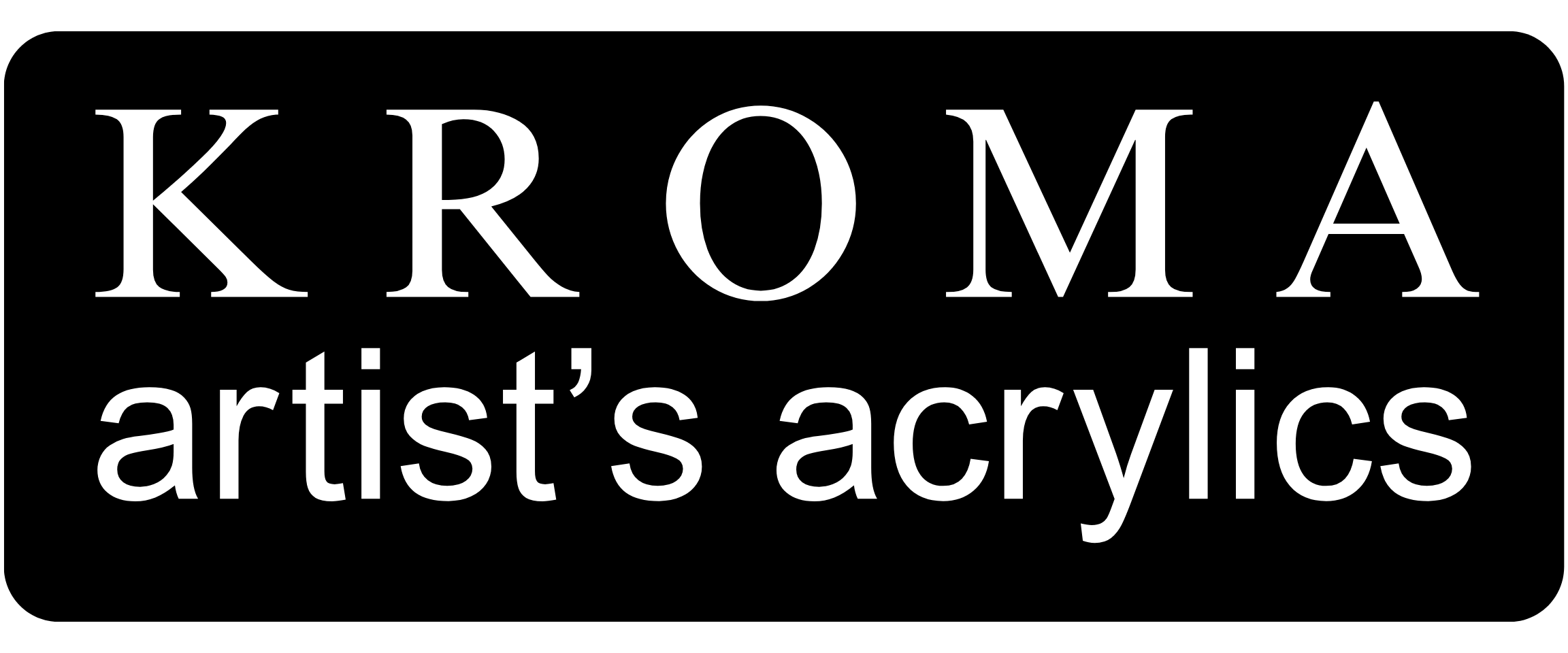
Custom Paint Colours at Kroma Artist's Acrylics..
A sample of custom Kroma Artist's Acrylic colours. These blends are based on the addition of titanium white to some of our most popular artist's pigments: Hansa Light Yellow, Arylide...

Explorations of Green and Blue (Turquoise)
Here is how to make Turquoise: Turquoise, in painting terms, is the infinite relationship between green and blue. It is defined as a greenish-blue or a sky blue colour. Given the...

Made in Vancouver Since 1970
Sometimes our customers bring in old relics from the past that they find in their studio. Here is some Chrome Yellow and Toluidine Red in the original Kroma glass jars...

Watching Paint Dry
Watching Kroma Crackle do its thing is so fun! Shown here are three examples of Kroma Crackle that have been tinted with acrylic paint, creating a two-toned crackle effect. To create this...

How to mix Pink
I am often asked about Pink. Each red produces brighter, duller, warmer or cooler pinks depending on how they are used. For example, "hot" pinks are best achieved by using...















